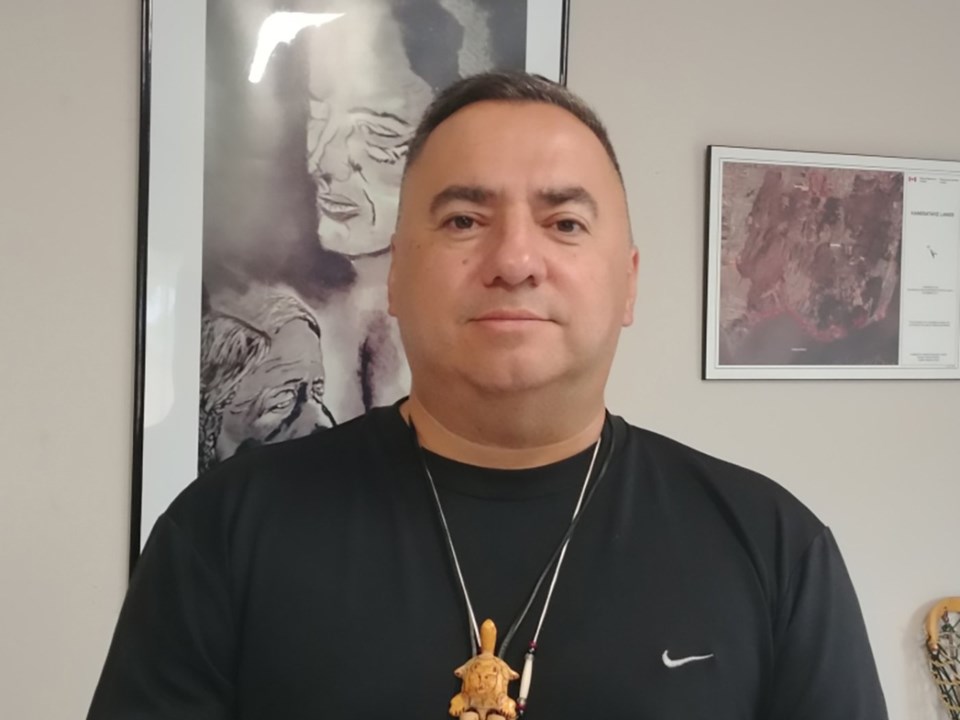MONTREAL — The Quebec government says it wants to put an end to illegal dumping in the Mohawk community of Kanesatake northwest of Montreal, following months of media coverage and calls from local leaders for authorities to take action.
The environment department says it began Tuesday to inspect sites and collect soil samples along the shores of the Lake of Two Mountains, where trucks have been dumping potentially contaminated soil.
Pollution in the area could be affecting fish habitat, and the goal is to identify and take action against those responsible, the government says.
Fines for illegal dumping, which residents say has been going on for years, could reach $1 million for an individual and $6 million for a company.
"I'm hoping these companies are going to feel that, and it'll stop them from dumping and destroying our community," said Mohawk Council of Kanesatake Grand Chief Victor Bonspille in an interview. "We've been asking for four years now from the federal and provincial governments to take control of this illegal dumping in our community."
Media reports over the last several months have drawn attention to companies that have been sending truckloads of soil from construction sites around Montreal to unauthorized dumping grounds in Kanesatake, often right by the shoreline. Bonspille said some community members have accepted money in exchange for storing the soil on their land, often because they're in dire financial straits.
He said it's cheaper for companies to dump the soil in Kanesatake than to deal with it properly. "They'll drive hours just to come and dump their illegal substance rather than taking it to the proper facility," he said.
Since the issue started making headlines, Bonspille said, truck traffic in the area has declined dramatically, by as much as 70 per cent. But he's frustrated that it took so long for the government to act, and believes the investigation is only happening now because non-Indigenous leaders in the nearby village of Oka started speaking up.
"It took four years of me complaining and writing letters to the province and the federal ministers on behalf of my office and my community members who are fed up with this," he said. "It's unfortunate that it went on deaf ears."
Frédéric Fournier, a spokesperson for the environment department, said the government started looking into the issue after receiving reports from community members last fall.
Oka Mayor Pascal Quevillon said there are still about 10 trucks an hour driving onto Kanesatake lands. Since the increase in media attention, he said, many of them no longer have identifying markers, so it's impossible to know to which company they belong.
That truck traffic continued on Tuesday morning, even as the government operation was getting underway, Quevillon said. He's worried the investigation won't deliver results, and that the province won't be able to prove which companies are responsible for dumping contaminated waste.
"There are so many companies that have come to dump here that it's going to be impossible to tell who dumped at a particular location," he said.
Quevillon worries there will be no "concrete results" until the different levels of government take responsibility for the problem, which he compared to a legal "no man's land."
Bonspille said he wants federal and provincial government representatives to sit down with Kanesatake leaders and come up with a long-term solution. The Mohawk community doesn't have the resources to address the issue alone, he said.
This report by The Canadian Press was first published Aug. 27, 2024.
Maura Forrest, The Canadian Press



